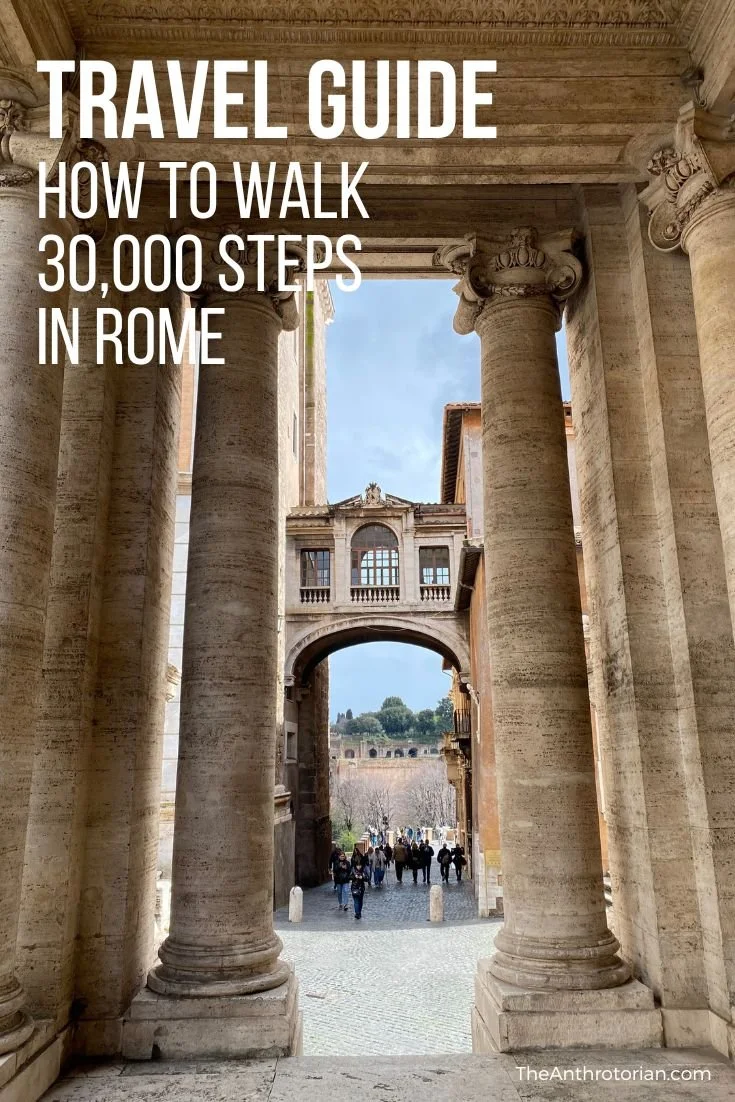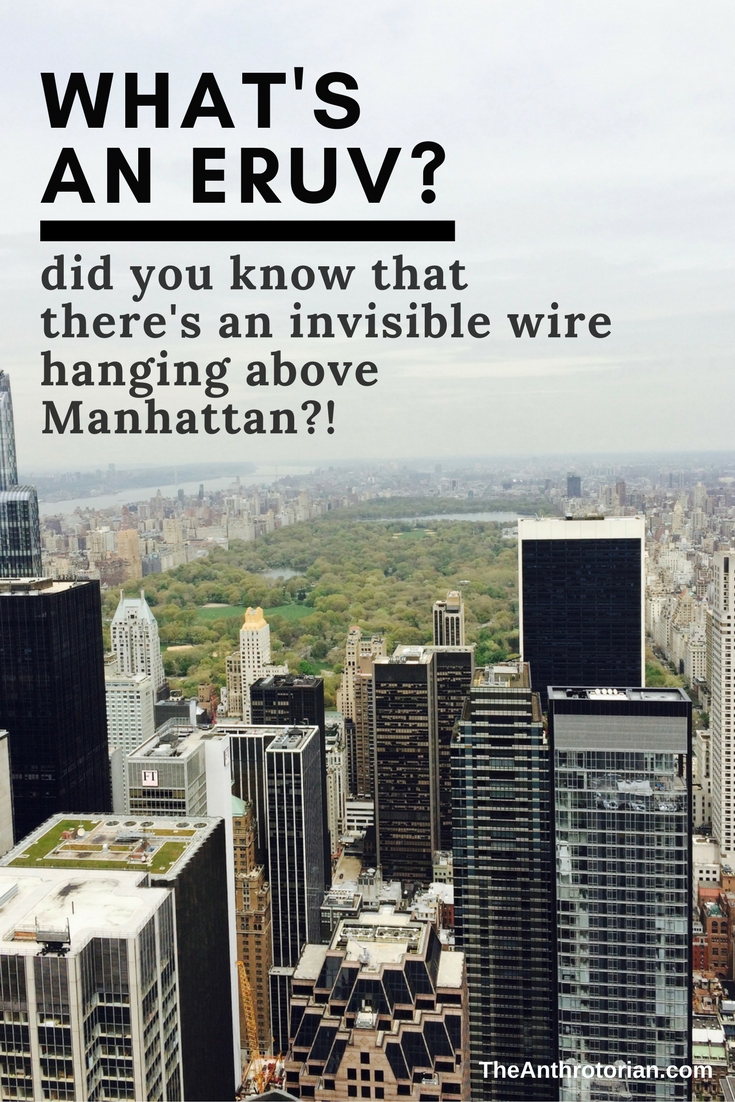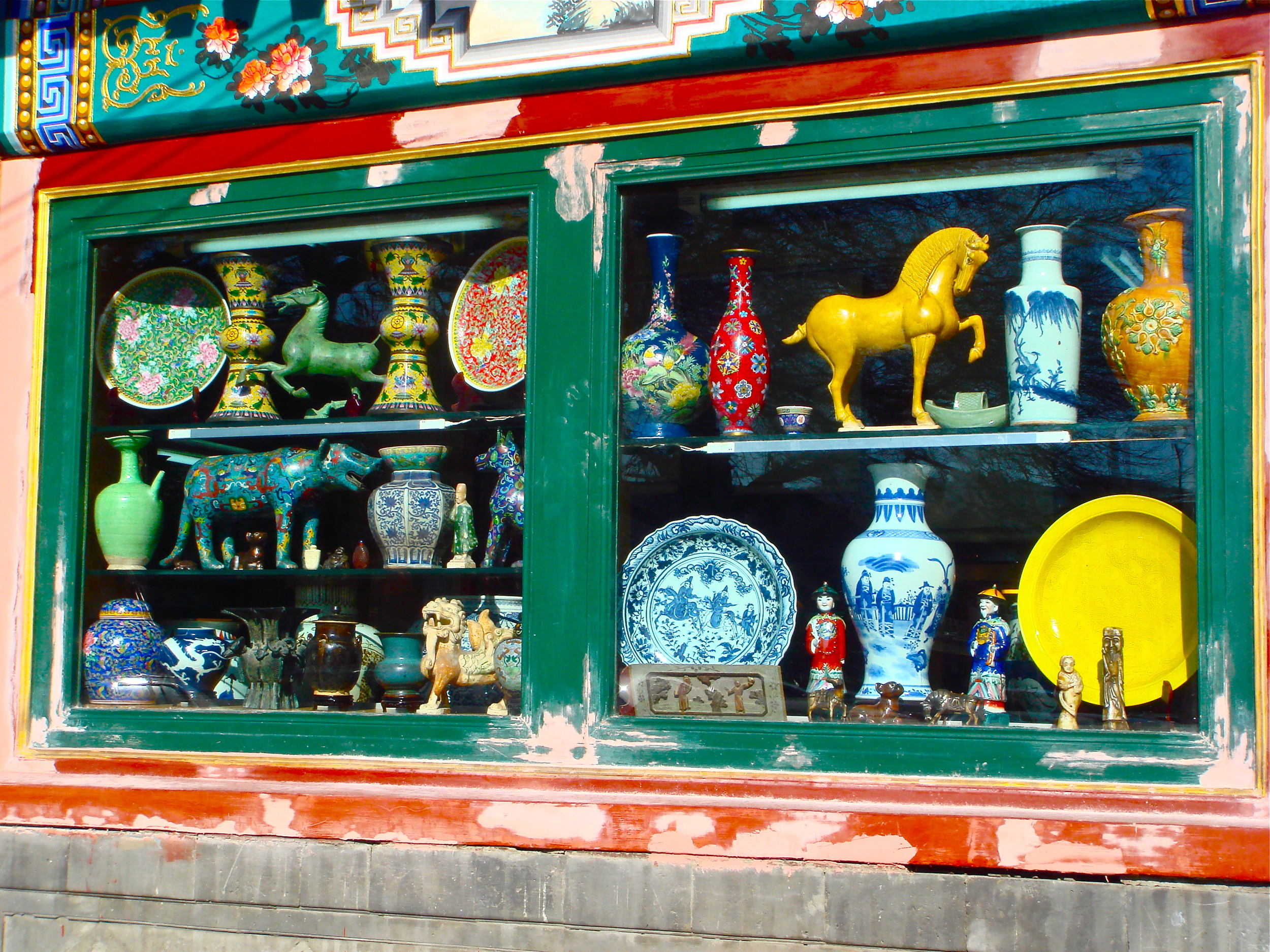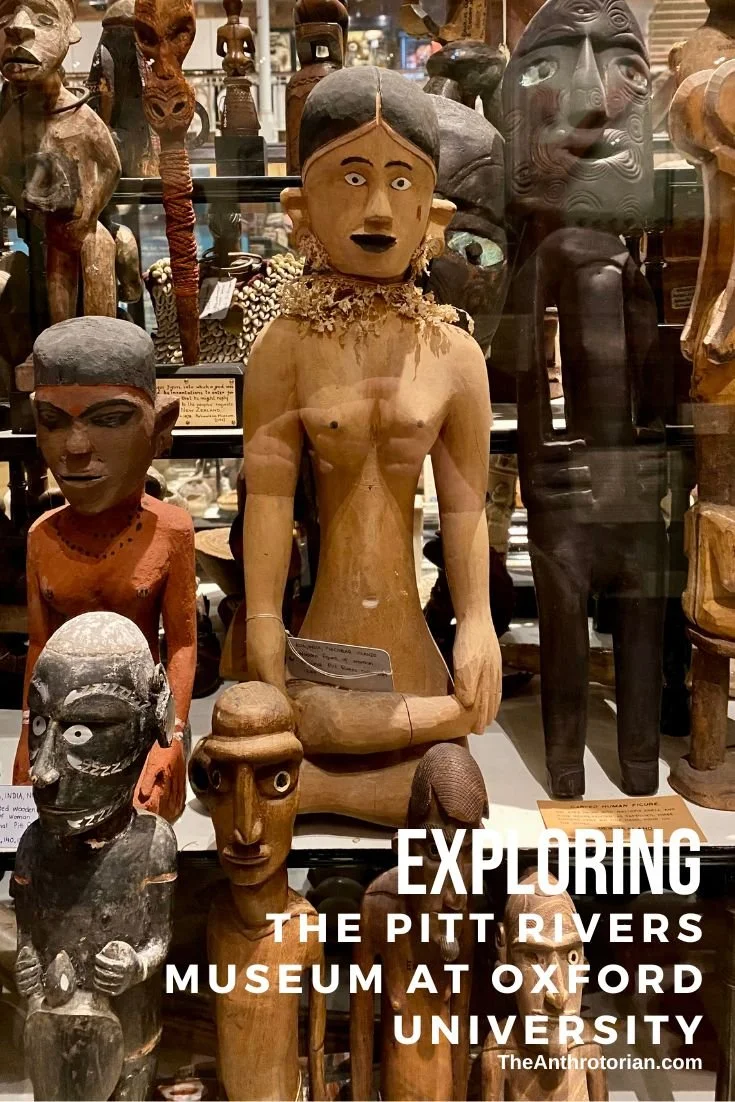Unless you want to end up with the wheels of your suitcase broken from rolling over uneven cobblestones, or a sweat stained t-shirt in the fancy lobby of your five-star hotel, you will have to put some thought into one of the most important decisions a traveller can make.
Which pack to pack?
The type of bag you use while travelling is determined largely by the type of vacation or trip you are planning.
There are four main bags to consider:
1. The Large Suitcase
This bag is usually a monster and best used for shorter trips where you will be staying in one place. A large suitcase limits your mobility, so choose this bag if you are stying in a hotel, using cars to get to and from the airport, and not required to roll it over uneven ground.
Cobblestones and unpaved roads will wreak havoc on the wheels of these weighty pieces of luggage, and you will be sweating bullets if you are pulling them on and off of trains or busses.
2. The Carry On Suitcase
These smaller suitcases are perfect for weekends, business trips, quick getaways, or longer trips if you are a light packer. Though they are more mobile than a large suitcase, I don’t recommend them for longer budget-style travel (like backpacking trips through Europe for example) because they are bulky and require the use of your hands to carry them.
3. The Large Backpack
A typical first-time backpacker mistake (and one that I have made) is buying the biggest backpack you can find, thinking that the more space you have the more you can take with you. The problem is that all that stuff has weight, and that weight will be sitting directly on your body. Walking more than five minutes, through crowded streets, to get from your hostel to the train station will have you cursing the extra shoes and clothing on your back that you thought you couldn’t live without.
Larger packs do have their place however. I have used a large backpack to carry my things to a country that I was planning on living in for awhile, and then only filled it half to three quarters full when I did some quicker travelling after.
4. The Carry On Sized or Medium Sized Backpack
This bag is perfect for weekend jaunts to places where you want maximum mobility and your hands free at all times. It is also perfect for travellers who are travelling longer term with a light wardrobe — budget travellers on hostel-style trips, I'm looking at you.
If you choose to use only carry on luggage, make sure to check the size of the liquids that you are allowed to carry on or be prepared to purchase things like contact solution and toothpaste in the country you are visiting.
The key to buying a functional backpack, no matter what the size, is accessibility. Look for a bag that has side zippers or can unzip all the way, so that you can access the entire main pocket. You will inevitably have to pull EVERYTHING out in order to find what you need if you bag can only be accessed from the top.
In summary:
Large Suitcase: All inclusive/resort/hotel/single destination type vacations
Small Suitcase: Weekend getaways/business/shorter jaunts
Large Backpack: Long term stays (teaching abroad for example) with plans to travel after/hiking trips
Small Backpacks: Shorter, hands free travel/Longer travel if you are a light packer






























